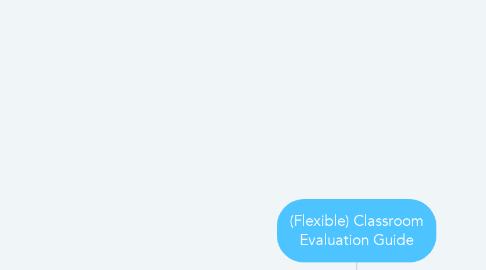
1. PIES of Kagan Structures
1.1. Students are showing positive interdependence
1.1.1. students contributing to each other's ideas and values
1.2. Students have individual accountability
1.2.1. peer editing
1.2.2. comprehensive checks
1.2.3. self-assessments
1.3. Equal participation for all students
1.3.1. verbal/non verbal cues that encourages participation
1.3.2. giving students time to think before responding (verbal, written, etc)
1.3.3. multiple students responding to lessons, not just one individual each time
1.4. Simultaneous interaction
1.4.1. partner/group work
1.4.1.1. while not every student wishes to talk or gets nervous to share their thoughts, they can express ideas in other ways that still allows students to work as a team
1.4.2. technology-based classwork
1.4.2.1. example: Kahoot! for vocabulary words or to review before a chapter test
2. What does the lesson have students doing?
2.1. using online tools for comprehensive learning
2.1.1. slideshows for presentations
2.1.2. research tasks
2.2. expressive art projects
2.2.1. posters
2.2.2. graphic design online
2.3. partnering with other students for assignments
3. Who is "controlling" the learning atmosphere?
3.1. Teacher directed
3.1.1. emphasis on lecture
3.1.2. showing examples guiding students with lesson
3.2. Student directed
3.2.1. shoulder partners
3.2.2. Socratic seminar
3.2.3. peer tutoring
4. Are the students needs met?
4.1. Social
4.1.1. partner/group tasks to share ideas
4.1.2. use of technology
4.1.3. class discussion
4.2. Emotional
4.2.1. if students are having trouble understanding topic, is it being addressed?
4.2.1.1. teacher assistance
4.2.1.2. peer assistance
5. Student reflection
5.1. Shoulder partners
5.1.1. comparing work
5.2. teacher asking for students thoughts
5.2.1. students give deeper insight on how they received their answer
5.2.2. students give insight on how they feel emotionally about subject
5.3. bellwork/exit tickets
5.3.1. students read task that is shown or handout to them, and write down their response to be shared with class
5.3.2. students write down and turn in responses for later review
